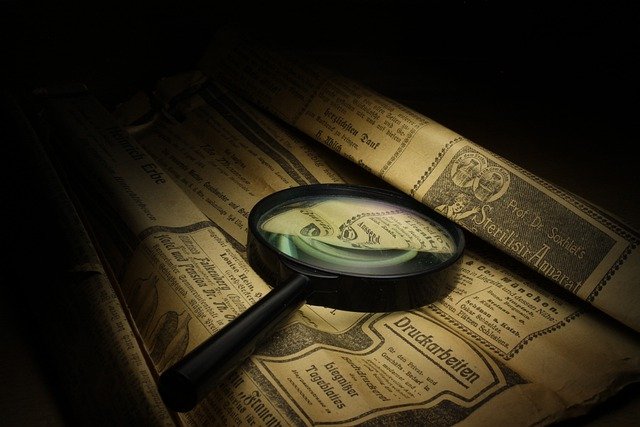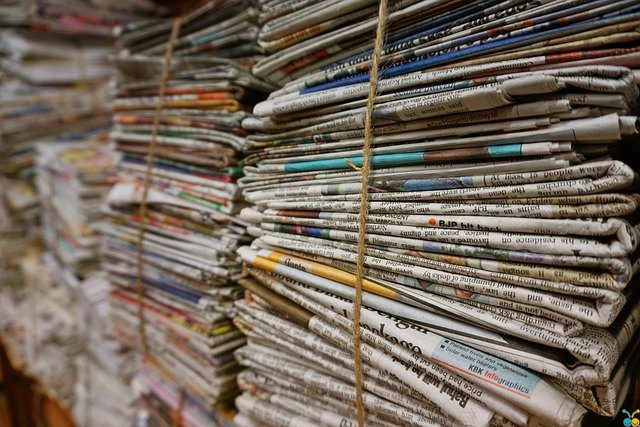
Hemerography refers to the compilation, description and analysis of journalistic notes.
The notion of hemerography is not part of the dictionary of the Royal Spanish Academy ( RAE ). However, it is a neologism that can be considered appropriate to refer to the action and result of collecting, describing and analyzing journalistic content .
Hemero- comes from the Greek language and is linked to “day” . The compositional element -graphy , meanwhile, refers to a “treaty” or a “description” . Hemerography can be understood, therefore, as the study of newspapers , newspapers and magazines .
Development of hemerography
It is common for newspapers to develop from a newspaper library : a place where periodical publications are stored. These specialized libraries allow the consultation of copies from different periods, making it possible to carry out research on the published material.
To facilitate newspaper writing, newspaper cards are generally created. These documents detail the data that allows an article to be identified, mentioning the name of the author, the title of the text, the medium that published it, the page where it is located, etc. These newspaper sheets also serve to cite a source.
The National Institute of Fine Arts and Literature ( INBAL ) of Mexico , for example, has a collection of newspapers. In numerous files, he presents interviews, reports, chronicles and reviews from media such as La Jornada , El Universal , Milenio , El Financiero and Excélsior , among others.

Diaries are the basis of newspapers.
The importance of correct data recording
We often find certain confusions in the footnotes and bibliography section of books, where various errors can be seen, from the fusion of bibliography and periodicals to the exchange of one for the other. It is important to understand that the bibliographic record has its own characteristics, it is a different concept: although it also serves to indicate the works consulted in a creative process, it does not have a chronological approach .
The process of creating a newspaper record has changed throughout history, like any other that involves writing, going from paper to the computer, from handwriting to mechanical and, finally, digital. Regarding its structure , we can say that, generally, the surname followed by the author's name separated by a comma is placed in the upper left corner. If the work was co-written, then all authors should be mentioned together.
Then the title of the article must be indicated in quotes, followed by the word "In:", which precedes the title of the work (such as a magazine) in which it is included and its corresponding description. Finally, it is necessary to indicate the page or pages that have been consulted for the work.
One of the problems that may arise during the preparation of a newspaper file is that the title of the work consulted is used by more than one institution . This can be resolved in different ways, depending on the particularities of each case. For example: if the institutions are located in different countries, it is enough to clarify which one it is in parentheses; If they are from the country, then their name must be indicated.
Types of cards in newspapers
Broadly speaking, we can distinguish between two types of newspaper records:
* general : the data of the consulted source is described completely to refer to it in detail , including its name, publisher, date and volume number, among others;
* analytics - includes a description of the content in addition to the data in the document itself.
A compilation of journalistic notes
One can also speak of the hemerography of certain events or events to refer to a compilation of journalistic notes about it.
The coverage of the 2018 Soccer World Cup final , for example , is made up of articles published in the press about that match.
